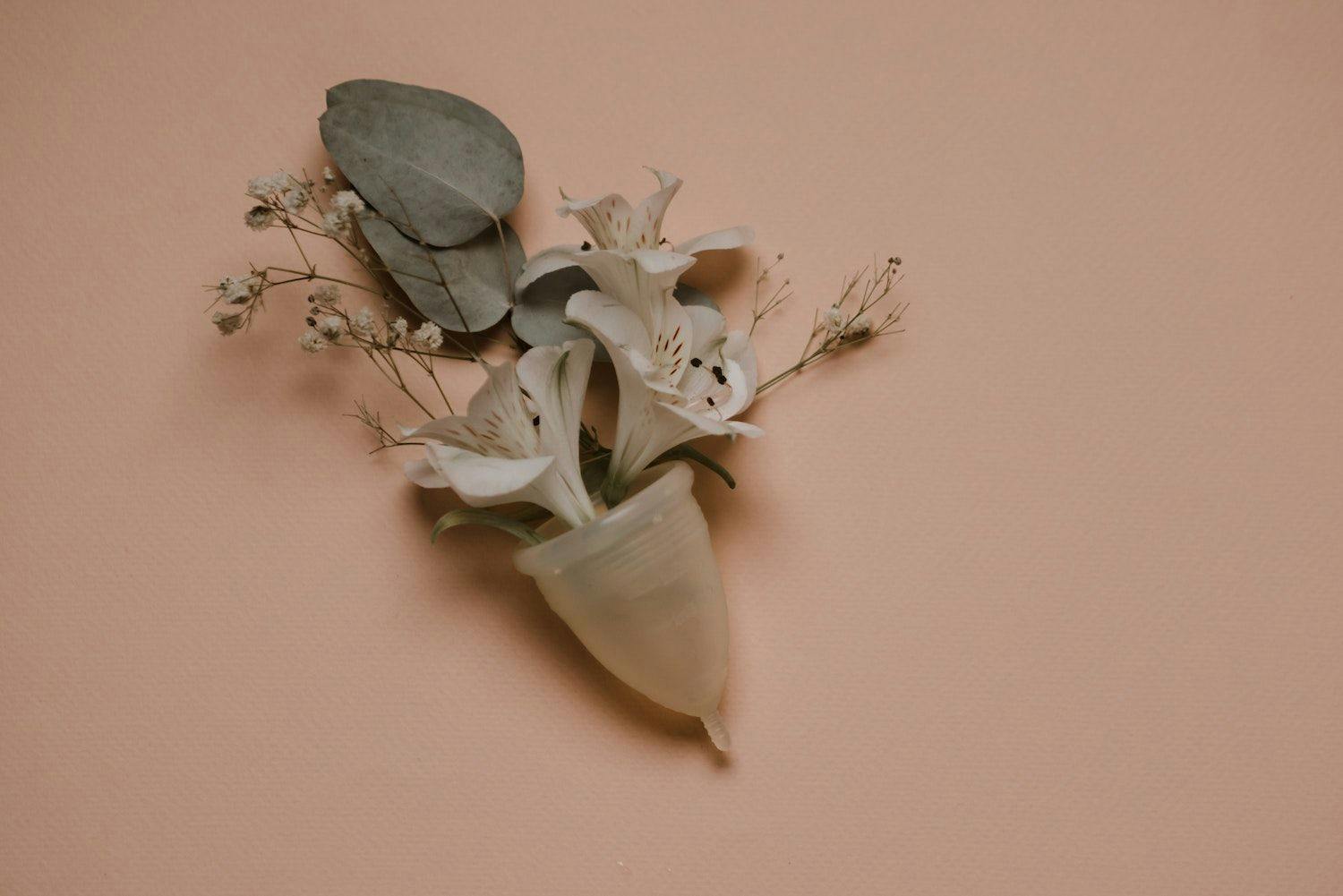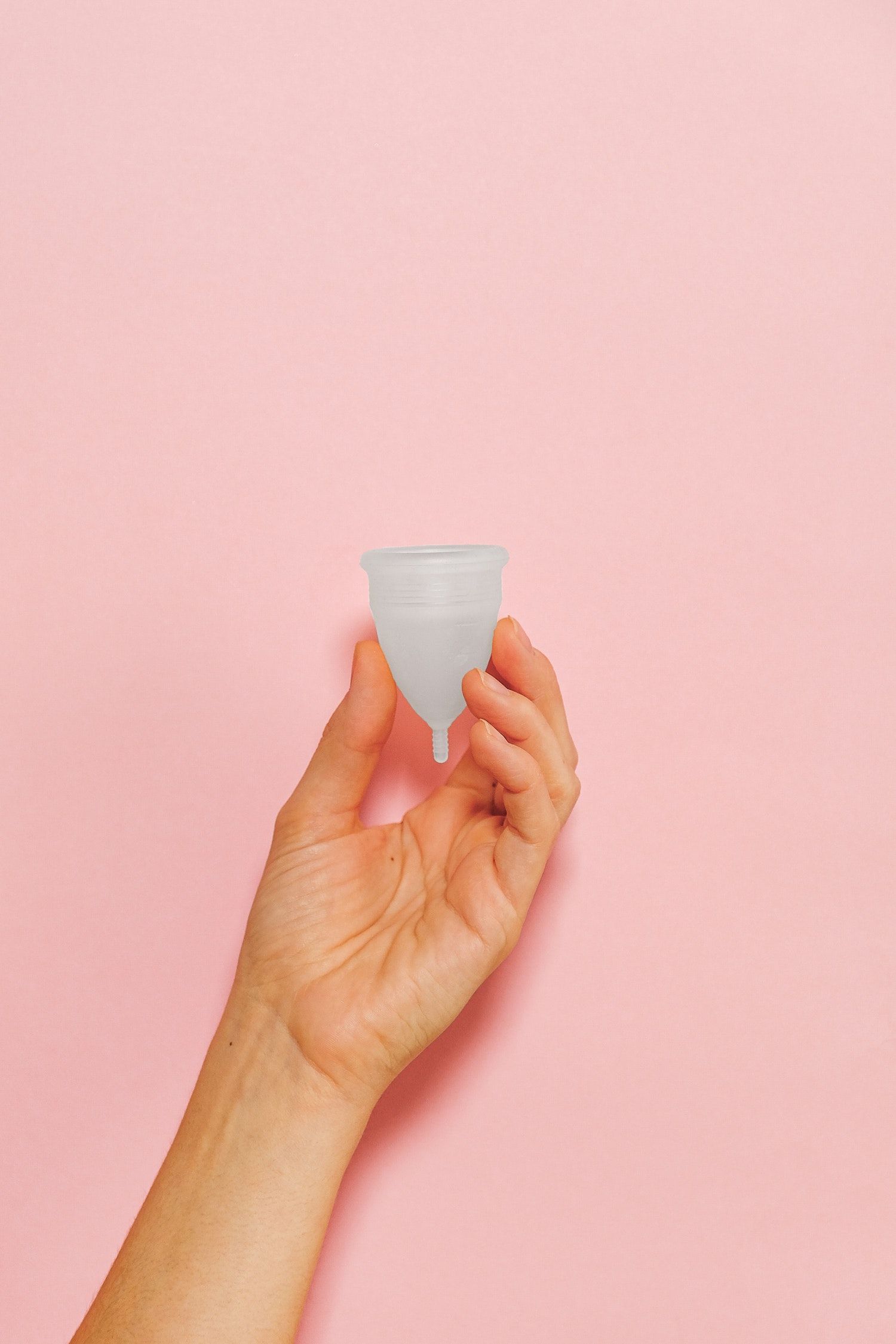
If you keep hearing people raving about menstrual cups but aren’t quite sure where to start, we’ve got your back
When I first saw people talking about menstrual cups, my initial thought was - eeek, that looks scary and uncomfortable, no thanks. But as time went on, more people explained the benefits and busted misconceptions (no, they shouldn’t be uncomfortable) and, eventually, I warmed up to the idea.
Let’s face it, I also got sick of spending my hard-earned cash on disposable period products month after month (while menstrual cups seem expensive from the outset, the money they save you in the long run is totally worth it). So, just over a year ago, I bought my first cup and I haven’t looked back.
But I do vividly remember the nerves that came with trying a cup for the first time. Researching ahead of time is key here, helping you know what to expect and how to navigate any teething issues. To help with this, I wanted to put together an ultimate beginner's guide - a resource you can come to when you start your menstrual cup journey.
Before we get into that, let’s look at why making the switch can be beneficial.
A more sustainable period
This is usually the driving factor behind people switching to menstrual cups. Disposable period products and their packaging generate more than 200,000 tonnes of waste every year. And with tampons and pads being around 90% plastic (who knew?) they’re doing a surprising amount of harm to our planet. Over two billion of these menstrual items are also flushed down the toilet each year, ending up in our oceans.
In contrast to this, it is estimated that, over 10 years, a cup will create 0.4% of the plastic waste generated by single-use pads or 6% of that produced by using tampons.

A cheaper period
While I was certainly conscious of the waste my period was producing, I’ll be honest, this is what sealed the deal. A menstrual cup can cost anywhere from £7 to £40+, but they last around two years. When you add up how much you usually spend each month on disposable products, I’m sure you’ll find you make your investment back quickly.
Of course, it is still an outward expense and wealth privilege comes into play. And, if you choose to combine your cup with period pants like me, initially it can feel really expensive. I got around this by spacing out my purchases. Buying the cup first and seeing how I got on with it before buying a couple of pairs of pants the next month, then more pants a couple of months later. This gave me a chance to check I was happy with this approach before immediately spending lots of money. Despite this cost - as I said earlier - a year down the line, I know I’ve saved on what I would have spent on disposable products.
Is a menstrual cup right for me?
This is the first question you need to ask yourself before diving in head-first and buying the first cup you see, because cups aren’t right for everyone and that’s OK. There are certain circumstances that might make insertion difficult or even painful (for example, if you have a pain condition such as vaginismus or have experienced sexual trauma).
If you’re not able to use a cup, or it simply isn’t right for you, there are other sustainable options to explore, including reusable period pants and reusable pads. Using tampons with a reusable applicator is also a great step to reduce waste.
Choosing your cup
Once you know you’d like to try the cup, it’s time to choose one! This can be a bit of a minefield as there are so many options out there. My advice? Do your research. Look up reviews and read guidelines offered by brands. You may also find brands with charitable connections - for example, the brand I’ve recently switched to, Ovio, donate 10% of profits to the Marine Conservation Society.
In terms of size, usually smaller sizes are recommended for those under 30 who haven’t had a child. If you’re over 30 or have had a child, the larger size may suit you better. Consider your flow too, a larger cup may be ideal if you have a heavy flow.

Cup hygiene
Check the guidelines offered by the brand you buy from, but usual instructions are to boil your cup for 5-10 minutes before use to ensure it’s sterile, letting it air dry. In between insertions, give it a good rinse using gentle, unscented, oil-free soap to wash it.
Inserting your cup
I would love to say here that inserting your cup will be a breeze but, in all honesty, there is a bit of a learning curve. There are several different folds you can try when inserting. My advice would be to try a few and see which feels easiest, and this may vary depending on what cup you’re using. To help with insertion, you may want to run the cup under some water first or use a water-based lubricant.
Squat while inserting the cup and, when you can, insert it while in the shower - the warm water helps to relax muscles. The more tense you are, the harder it’ll be to insert, so try taking some deep breaths and take your time.
Once it’s in, give it a little tug and check that you feel a resistance or run your finger around the base of the cup to ensure it’s formed a seal - this means you shouldn’t get any leaks. Once it’s in there, your cup shouldn’t feel uncomfortable. If it does you may need to push it up a little higher or try inserting it again.
Remember, it’s OK if it takes a few goes the first time. The first couple of periods are about figuring out the right technique and understanding how it should feel. In time, you’ll get the hang of it and be able to do it much quicker.
Protecting against leaks
If your cup is inserted correctly, there shouldn’t be any leaks, but if you’re anything like me and always worried about it, you can take precautionary measures. This is where other sustainable period products can come into play, I personally like to wear period pants while wearing my cup. It helps me feel secure, especially overnight (I have a heavy flow and sometimes leak in the night).
When you buy your cup, it should tell you how long you can go before emptying it. But, based on my experience, I would take this information with a pinch of salt. With my flow, I have to empty mine more regularly than the box states, but you’ll get the hang of this the more you use yours.
Removing your cup
You’ve overcome the first hurdle of getting it in, you’ve protected yourself from leaks and now it’s time to empty it. Again, there is definitely a knack to this. I would recommend doing this over the toilet so any spillage from the cup ends up there and not on your bathroom floor.
Put your fingers around the base of the cup, give it a little pinch to break the seal and gently pull it out, wiggling it back and forth if you need to. If you’re finding it difficult, remember to keep your cool - tense muscles may make it worse. Remember, your cup isn’t going anywhere, you can take as much time as you need.
Once removed, empty the blood and give it a wash before re-inserting.
Hopefully this article will help you feel more confident about trying a cup but, as I mentioned earlier, research really is your friend when it comes to menstrual cups, so keep going.
The place I found the most helpful was Precious Star Vlogs channel on YouTube, where you’ll find everything from how to use a cup discreetly to how to simulate a period (for trans women).

